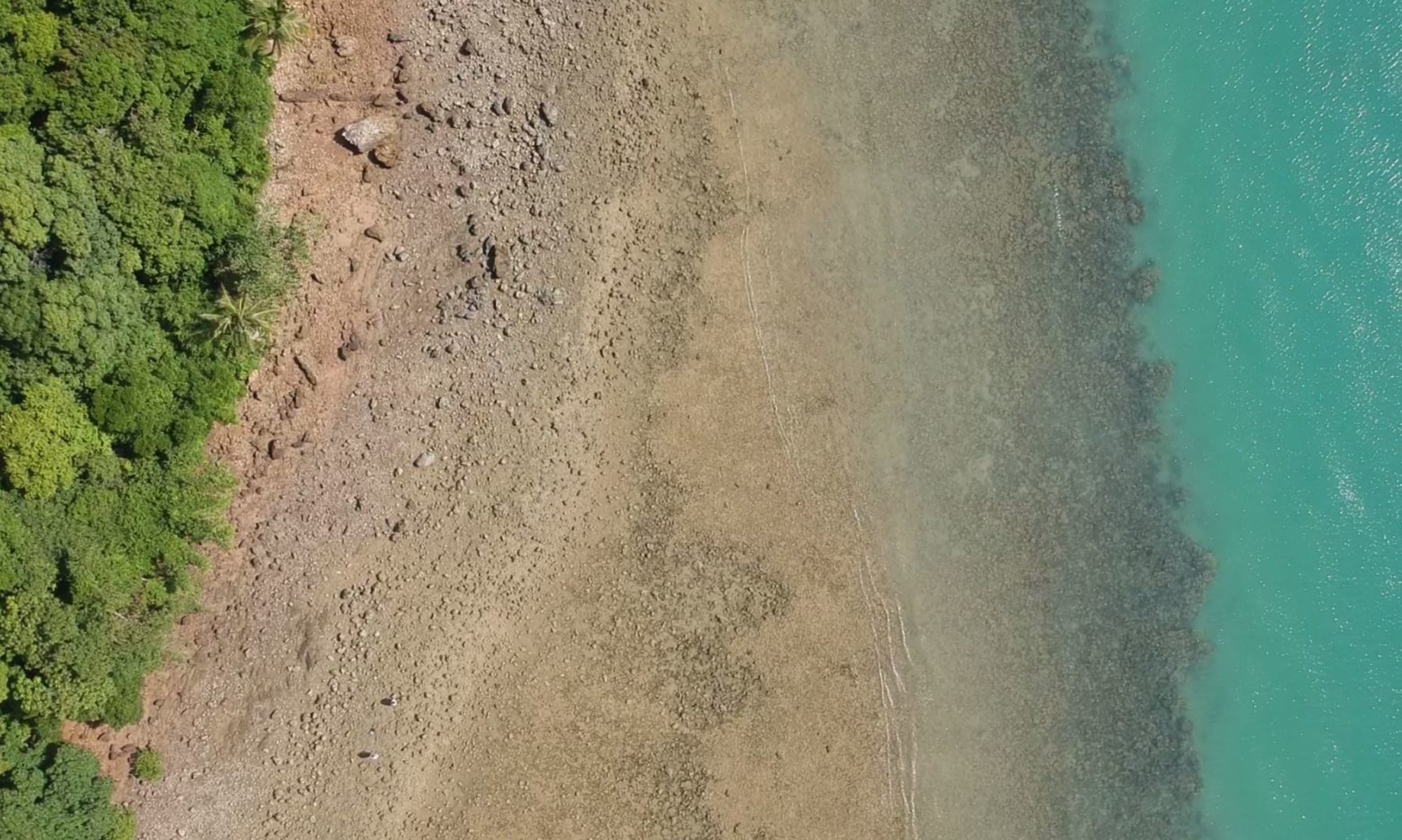What to do with all those coconut husks? Make stuff with them!


The Digital Naturalism Conference
Field Biology | Interaction Design | Wild Hacking
What to do with all those coconut husks? Make stuff with them!
Podcast: Play in new window | Download
Our second episode recorded in the dinaBunker hiding from a crazy storm! Features Shreyasi Kar talking about interactive tech, Dennis Ang crafting instruments to be played by nature, and Xerafina, the classic thailand archetype of the expat psychonaut war-machine developer!
Plus a classic “Pokin it” question: baby squids??
Hosts:
Tasneem Khan
Andy Quitmeyer
Featuring:
Shreyasi Kar, Dennis Ang, and Xerafina
Music by:
Dj Dez (https://dezmediah.bandcamp.com/album/beep-boop)
and JPOM (https://jpom.bandcamp.com/)
Subscribe on iTunes:
https://itunes.apple.com/us/podcast/biobang-the-digital-naturalism-podcast/id1393912055
How to video straight from #dinacon! Dennis teaches you how to easily get into coconuts with nothing more than a rock (or even just another coconut)! You can use the secrets of #coconuts against themselves!
The first (of what I anticipate 3) generations of dinasaurs is leaving! They left after creation a zillion amazing projects and leaving some good advice for the next batch!

Here at the Department of Amphibological Research, we take image recognition on new expeditions in the natural world and tease out the limits of artificial intelligence. We invite you to collaborate with our team by providing new inspiration for our amphibological experiments.
How to get involved:
Submit a specimen for analysis by photographing something in your environment and running it through an AI image recognition software (like this or this e.g.) and sending us the results. We’ll use these to create new amphibological studies for the archive.
As a token of our appreciation, you’ll receive one of our snazzy official patches (below) and a credit on the site!
Additionally, we’d love to hear from participants that have expertise in machine learning and any artists interested in creating amphibological drawings.
Yours in ambiguity,
Pamela + Matteo
Dept of Amphibological Research

Minor change of plans: instead of running a mission (list of waypoints), the AUV was programmed to swim laps at minimal depth; this way it would always remain in visual contact from the kayak. This change was needed because the acoustic tracker broke and lost a channel (became mono) so was useless for tracking. Given the strong currents and murky waters I felt this was prudent.

Dates: June 8 – June 18
Education Engineer / Founding Center Director @HackSchool
My Project: I have so many ideas! My project will likely center around data collection and data visualization. As a math / science / engineer, I’m always curious about setting up distributed networks of data sensors. My plan is to create a network of temperature, humidity, pressure, and light sensors to distribute around the jungle and create a data visualization that can become a learning module for my class. I’m also curious about setting up a camera trap to see what kinds of wildlife we can capture. I’ll be bringing our my standard hack-pack of sensors, microcontrollers, etc… If you’re interested in collaborating, let me know!
My Why (About me…): For the past five years, I was the Education Engineer for SparkFun Electronics, an open-source electronics education company. I started my career as an electrical engineer. After 8 years working in the industry, I fell in love with teaching and working with students. I left engineering to pursue a second career as an educator, earned my Masters in Education at CU Boulder, and worked as a high school teacher for 5 years teaching physics, engineering, and mathematics.
My hobbies / interests: I love running, exploring, climbing, baking, gardening, cooking, and just building stuff.
Podcast: Play in new window | Download
This week’s podcast we discuss cells, snakes, ecosystem, foraging technology, and merperson tinder dating.
Hosts:
Tasneem Khan
Andy Quitmeyer
Featuring:
Pearl Ryder, Craig Durkin, and Gus
Music by:
Dj Dez (https://dezmediah.bandcamp.com/album/beep-boop)
and JPOM (https://jpom.bandcamp.com/)
You can also get it on itunes:
https://itunes.apple.com/us/podcast/biobang-the-digital-naturalism-podcast/id1393912055

Hannah Perner-Wilson (+C, KOBAKANT)
During my 7 days at DiNaCon I want to build myself wearable studio gear that will allow me to go into the ocean to spend time there fishing for materials, diving for details, weaving with water and etching salty circuits in my datasheet-swimwear.
By trying to realize this unlikely combination of moving to stay afloat while moving to make, I want to see if I can dive deeper into the experience of what it means to be able to “make while moving through the world”.
Precisely because this endeavor may sound silly, it appeals to me. I have hopes that by distancing myself from reason – in this case “reasonable modes of making” – I can create an opening in the fabric of optimized experience to slip through and experience the other side. Looking back at our lives shaped by optimized experience I might catch a glimpse of something one can only see from underwater.
A Wearable Studio Practice
This work is a continuation of my Wearable Studio Practice, a project I started after returning from an expedition with Andy in Madagascar in 2015. Since then I’m becoming ever more interested in applying my skills as an e-textile craftsperson to explore “making as a means of experiencing the world”.
Join me!
I have no idea where this initial idea for A Swimming Studio Practice will take me, but if it appeals to you, or if it does not, feel welcome to join.
Since I probably can’t spend all my time in the water, I will also be very interested to observe and study other people’s “dry studio practices”. Collecting ideas ideas and sharing these with you. If you would like me to follow you around for the day to study how you work in the wild, let me know, I would love to.
* * *
An Underwater Studio Practice lead me to write this tale of Crochetteering:
>>> https://www.dinacon.org/2018/07/24/crochetteering-a-tale-of-fishy-innovation/
Pearl Ryder is a cell biologist who came to DinaCon with the goal to explore the natural world to revitalize her life as a biologist and to learn more about creating audio stories. She has created DinaSound to collect her stories and sounds of the jungle. So far you can listen to an audio diary and a fun conversation about weaver ants. Stay tuned for interviews with participants and lots of “stumbled upon” conversations at DinaCon!
Follow Pearl on Twitter @pearl_ryder for more stories from DinaCon and glimpses into the life of a scientist in training.